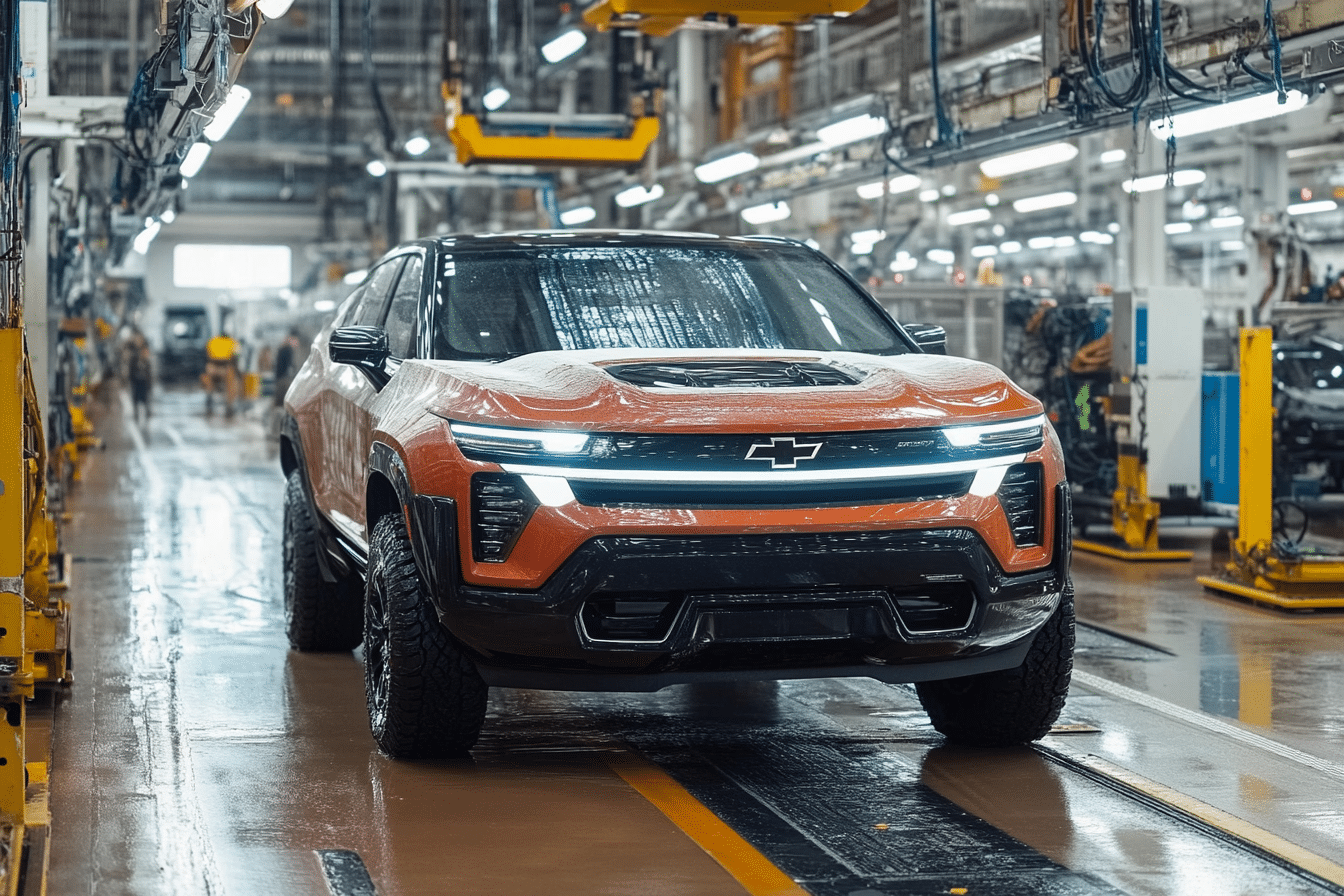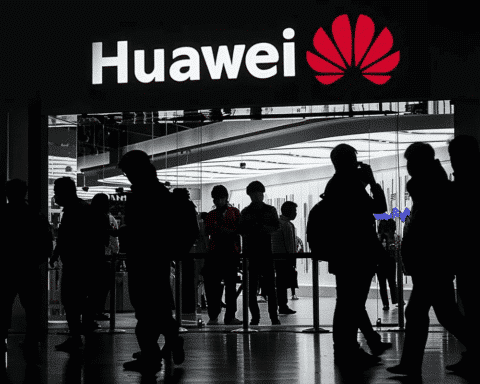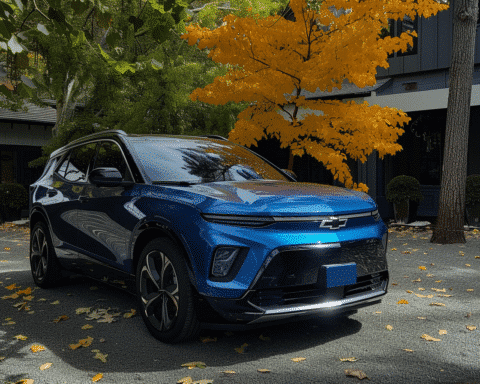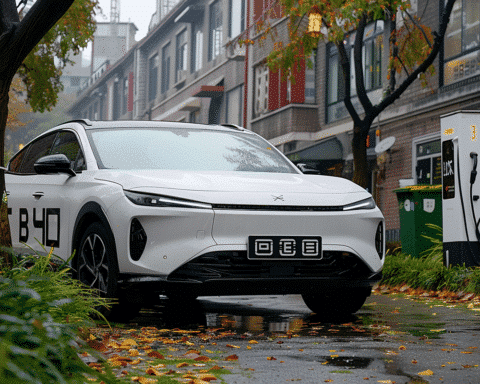President-elect Donald Trump’s election victory over Kamala Harris has cast a shadow of uncertainty over the electric vehicle (EV) industry in the U.S. The return of Trump, a known critic of stringent environmental policies, could lead to significant changes in policies governing EV production, emissions standards, and consumer incentives. Industry experts are now speculating on what the next few years may hold for the EV market as the political landscape shifts.
Trump’s Stance on EV Incentives
Under President Trump, the federal government may roll back key EV incentives established under the Biden administration’s Inflation Reduction Act (IRA). Trump has pledged to ease vehicle emissions standards and scale back subsidies to encourage EV purchases. “The IRA will probably have some adjustments,” commented David Rubenstein, co-founder of The Carlyle Group. “I don’t think the IRA will go away, but it has some perfect things that Republicans and Democrats will like.” Though completely dismantling the IRA might prove challenging, Trump could limit consumer credits, potentially reducing EV buyers’ $7,500 federal tax credit, rather than cutting industrial production credits for manufacturers.
Winners and Losers in the Auto Industry
Many analysts predict that traditional automakers such as General Motors, Ford, and Stellantis could benefit from a second Trump administration. John Murphy, an analyst at BofA Securities, said in a recent note, “We see F and GM as the main beneficiaries from the Trump administration.” As legacy automakers face pressure to transition their fleets to EVs, federal support becomes critical. GM, for instance, relies on tax credits for its “all-electric future” plans. Meanwhile, EV startups like Rivian and Lucid, which largely depend on incentives to compete, saw their stock values decline after the election results, with Rivian dropping 6% and Lucid down 3%.
Tesla, however, may emerge as an exception. Having already achieved profitability, Tesla is better positioned to weather changes in federal policies. Its CEO, Elon Musk, supported Trump during his campaign, which could give Tesla an edge in policy decisions. Murphy noted, “We don’t expect meaningful issues for TSLA since it has already reached profitability and will introduce more entry-level products that could be attractive for the larger public.” Tesla’s stock responded favorably to the election, soaring 13% in early trading.
Potential Conflicts Over State Emission Standards
Trump’s return may also reignite disputes between the federal government and states like California that impose their own emissions standards. California’s “Advanced Clean Cars II” regulations require 35% of new model year vehicles by 2026 to be zero-emission. However, automotive officials suggest that some manufacturers prefer delaying these mandates regardless of the administration. Currently, 12 states and Washington, D.C., have adopted California’s EV rules, though implementation in many places will start with the 2027 model year.
CAFE Standards and the Future of Fuel Efficiency
In addition to state mandates, Trump may target the Corporate Average Fuel Economy (CAFE) standards for model years 2027-2031. Freezing or relaxing CAFE standards would align with Trump’s push for reduced environmental regulation, which could benefit automakers focused on traditional vehicles but challenge companies committed to electrification.
As Trump prepares to re-enter the White House, his policy shifts could reshape the trajectory of the electric vehicle industry in America. While legacy automakers may find favor under his administration, startups reliant on federal incentives might face hurdles. Trump’s decisions on emissions standards, federal subsidies, and fuel efficiency regulations will play a crucial role in defining the future landscape of EV adoption in the U.S. The automotive industry now awaits the new administration’s moves with anticipation and uncertainty.




